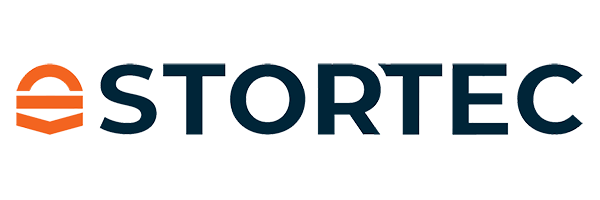Burnley WwTW Catchment Strategy (2021)
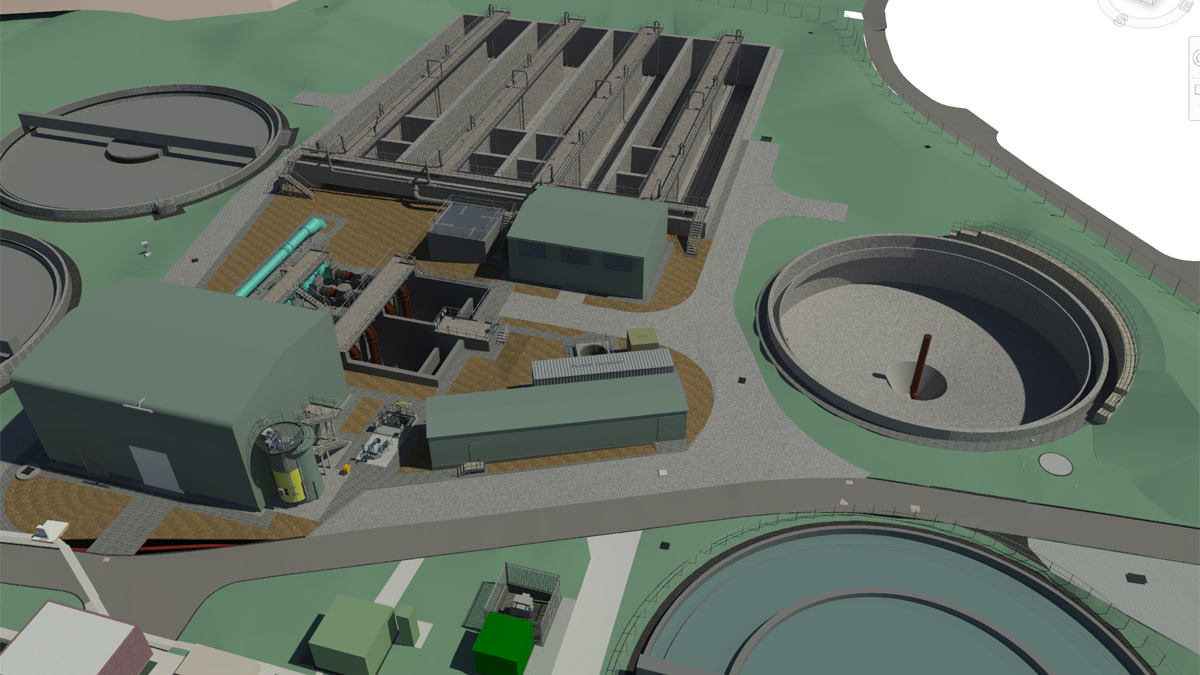
Burnley WwTW ASP area showing BioMag® building, blower house and interstage pumping station - Courtesy of United Utilities
Burnley WwTW serves a domestic population equivalent (PE) of 107,115 plus trade load. The existing site processes include screening and grit removal, primary settlement, activated sludge plant (ASP) with final settlement, nitrifying filters, chemical dosing and storm storage tanks. The sludge treatment facilities include sludge thickening, THP, mesophilic anaerobic digestion (MAD), associated ancillaries and sludge dewatering. The Burnley Integrated Catchment Scheme is one of United Utilities largest AMP7 projects with a value of over £60m and has a regulatory completion date for the project is 22 December 2024. The project is being delivered by Advance Plus, UU’s Construction Delivery Partner (CDP) Framework. Advance Plus is a joint venture between MWH Treatment, J Murphy & Sons and Stantec UK.
Burnley WwTW growth & river quality improvements
A requirement for capital investment at Burnley WwTW has been identified to improve treatment capabilities to achieve compliance with new tightened regulatory standards and deliver the Environmental Agency (EA), Water Industry National Environmental Programme 3 (WINEP3) outputs, providing for a future population growth based on a 2035 design horizon.
The site permit is currently 25 mg/l (BOD) 40 mg/l (suspended solids), 5 mg/l (ammonia), 2 mg/l (phosphorous) and 4 mg/l (iron) and is due to tighten to 9/40/2/0.25/4. The population in the catchment is expected to grow to 112,758 by 2035, and the site flow to full treatment (FTFT) is rising from 1020l/s to 1295l/s, representing a 27% increase.
These drivers are to achieve a ‘good status’ in the defined reaches of Pendle Water and the River Calder. The project also includes management of storm discharges to achieve a compliance with the WFD 99%ile wet weather intermittent standards on four existing combined screen overflow (CSO) sites.
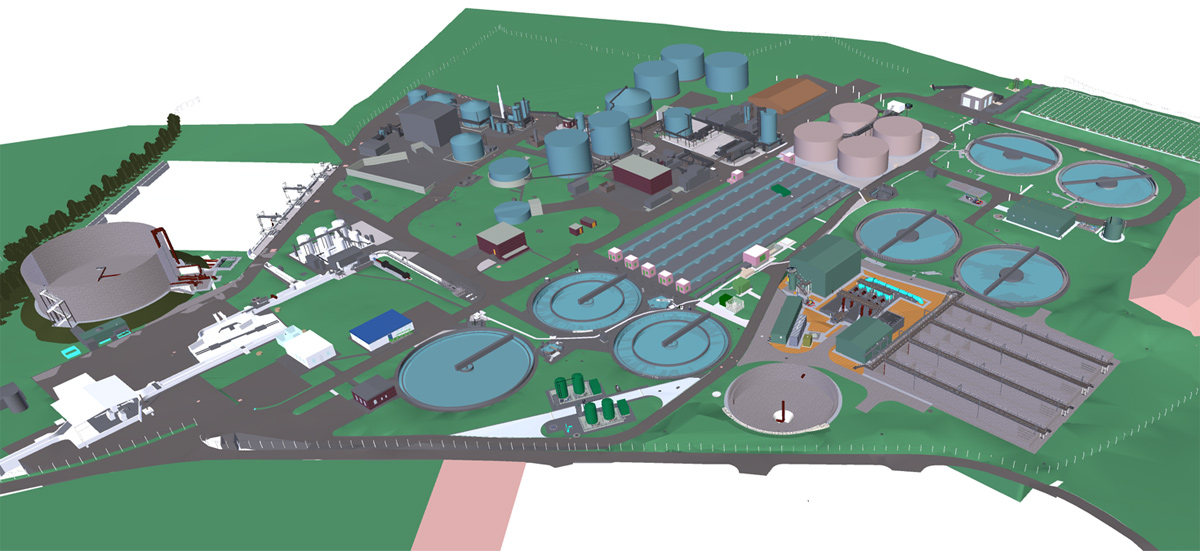
Burnley WwTW with new assets – Courtesy of United Utilities
Burnley WwTW optioneering & solution definition
An initial coarse filter was completed to look at all the possible options to achieve the requirements at Burnley WwTW. At total of 19 options were identified for a range of secondary and tertiary treatment options. A review of the coarse filter was then completed using the rag status:
- Green: Proceed to weighted matrix scoring – proven technology solution.
- Amber: Proceed to weighted matrix scoring – emerging technology solution.
- Red: Do not proceed to weighted score matrix.
This exercise culminated in three options being chosen and carried forward to the optioneering phase:
- IFAS with FST and tertiary solids removal.
- Nitrifying ASP with FSTs and tertiary solids removal.
- Nitrifying ASP with BioMag®.
In the optioneering phase sufficient design was completed to enable the whole life cost (WLC) for each option to be developed. Following the completion of an option selection matrix in which criteria such as operability, asset supportability, technical risk, programme and WLC etc was assessed and scored, the preferred option to be carried forward to outline design was identified as nitrifying ASP with BioMag® ballasted clarification from Evoqua Water Technologies.
Integrated catchment solution scope
Network modelling has been undertaken using InfoWorks and Duflow software to optimise the river water quality to achieve the required ‘good status’, and also the levels of service in the wastewater network catchment to ensure no detriment. The model determined detention tank volumes and also enabled two no-build solutions at CSO sites to be identified. These no-build opportunities have generated significant CAPEX savings and provided the lowest whole life cost solution for the scheme.
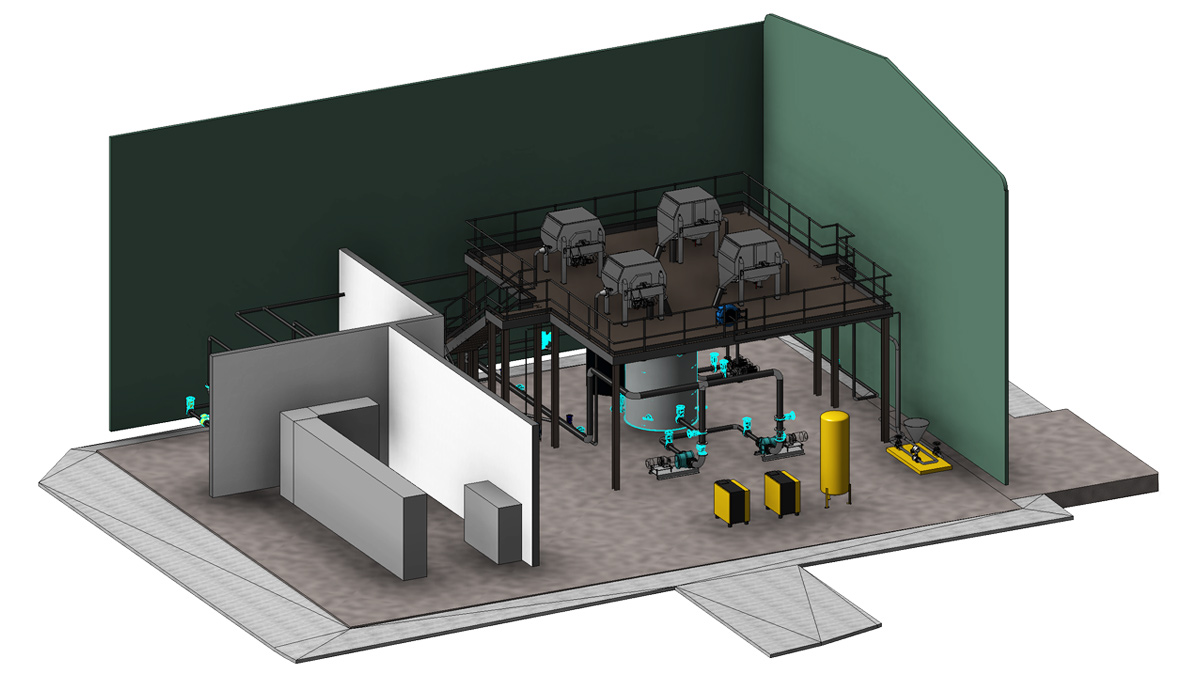
Internal view of BioMag® plant – Courtesy of United Utilities
The solution scope
- Construction of an online detention tank (2,000m3) with associated pumping at Lindred Road CSO (PEN056).
- Actuated flow control penstock and upsizing of manholes at Altham Outfall Fennyfold CSO (BUR0026).
- Upgrade of the Hyndburn WwTW storm return pumps.
- Upgrade Burnley WwTW including design, construction and commissioning of new assets:
- New storm storage tank feed pumping station and pipework.
- New 12,000m3 storm storage tank with gravity return to inlet channel.
- Second MCERT flume.
- Refurbishment and augmentation of the existing ferric dosing system for chemical phosphorus removal – primary stage upfront of the existing primary settlement tanks.
- New primary settlement tank 30m diameter with auto-desludging and flow distribution.
- Replacing the existing caustic dosing system with new caustic storage and dosing system.
- New ferric storage and dosing system – secondary stage.
- New interstage pump station incorporating RAS return.
- New ASP distribution chamber.
- Odour control system.
- New nitrifying ASP configured for BioMag® with 4-zone fine bubble diffused air aeration.
- Biomag® building with magnetite silo, shear mills and magnetic drum separators.
- Refurbishment of 4 (No.) existing FST scraper bridges and civil remedial works.
- New SAS pumping station.
- New BioMag® liquid polymer dosing system for final settlement tanks.
- New SAS powder polymer make-up and dosing system.
- New SAS drum thickeners to 6% DS and blended with the primary sludge.
- Final effluent booster set and pipework.
- Instrumentation for measurement of phosphate, pH, iron, ammonia and DO.
- MCCs for new assets with site wide virtualised SCADA system.
- Power supply upgrade.
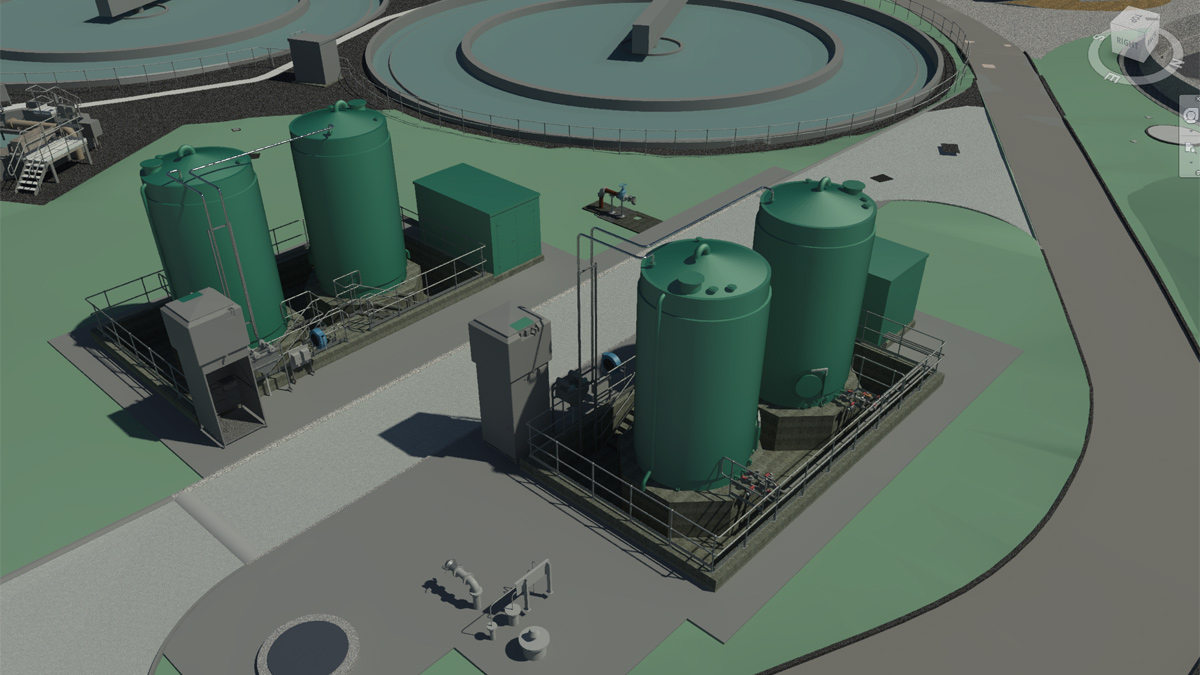
Ferric and caustic chemical dosing systems – Courtesy of United Utilities
Process innovation
The BioMag® System enhances conventional biological wastewater treatment by using magnetite (Fe3O4) to ballast floc allowing an increase in MLSS in the ASP and enhanced performance in the FSTs. Working collaboratively with Evoqua Water Technologies, the suppliers of the BioMag® system, has allowed a reduction in the required ASP volume in comparison to the notional solution and removed the need for additional FSTs and tertiary treatment.
The design envelope of the new works has been tested under numerous scenarios using a Biowin model based on measured flow and loads to the works.
Real time control (RTC) is provided due to the high levels of P coming into the works due to traders in the catchment both the primary and secondary ferric dosing system to be controlled on phosphate monitors and measured flow. Nitrification controller to be also provided as site suffers from high ammonia peaks.
Interstage pumping station
The design of the interstage pumping station has been developed to ensure resilient operation. It has been compartmentalised with two pairs of pumps operating as (duty/assist/assist/standby) to allow partial isolation for future cleaning and maintenance. In addition to the HAZOP a Layers of Protection Analysis (LOPA) was conducted to assess the risks associated and it was determined that a permanent standby generator should be provided to provide security against flooding in the event of power outage. An emergency by-pass provides a second layer of hydraulic protection.
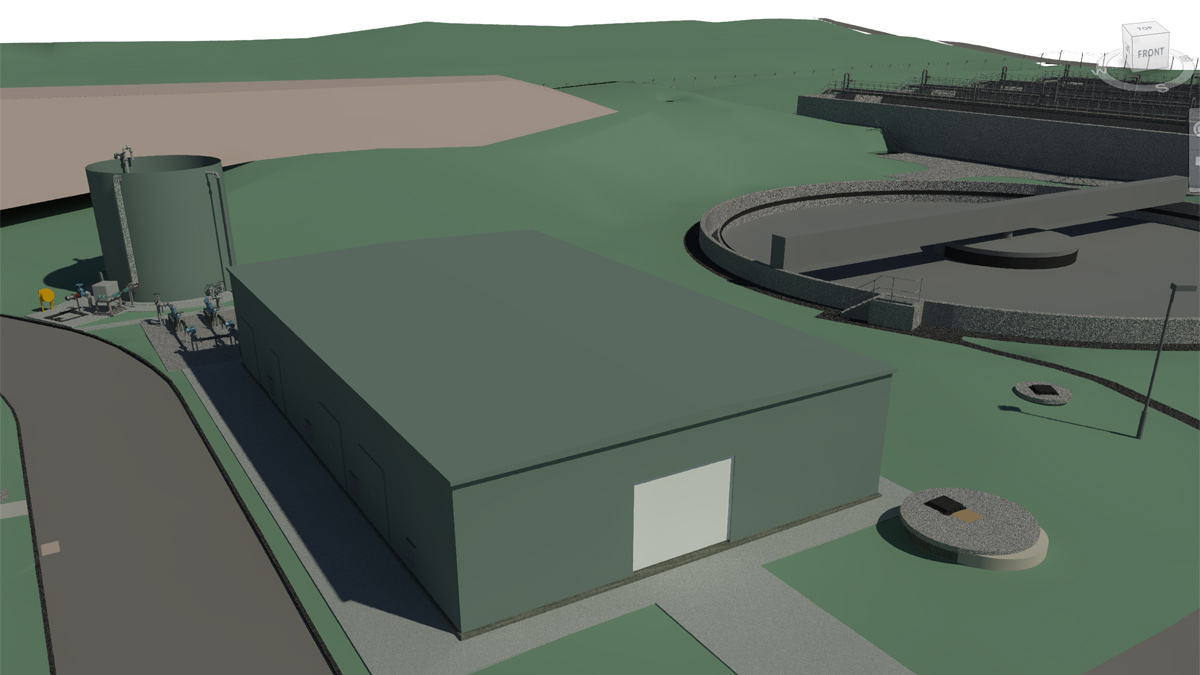
SAS thickener area – Courtesy of United Utilities
Template chemical dosing solutions
Advance Plus have developed framework template solutions for the chemical storage and dosing equipment in conjunction with United Utilities and Northern Pump Suppliers (NPS) to improve the efficiency of the procurement, design, manufacture, installation and commissioning of the plants. These will be used for the new ferric and caustic dosing systems at Burnley WwTW.
Detention tank
In addition to the existing storm tanks, an additional 12,000m3 storm storage tank will be provided at Burnley WwTW to reduce the storm discharges to improve river water quality. A precast post tensioned tank solution has been selected on lowest whole life cost and shorter construction programme.
SCADA upgrade
Control and remote monitoring shall be through an upgraded site-wide communication network and virtualised SCADA system located within the existing control room at Burnley WwTW that is able to communicate with the central control room at Lingley Mere integrated control centre. The existing SCADA system will be migrated to a new WinCC 7.5 SCADA by systems integrator Technical Control Systems.
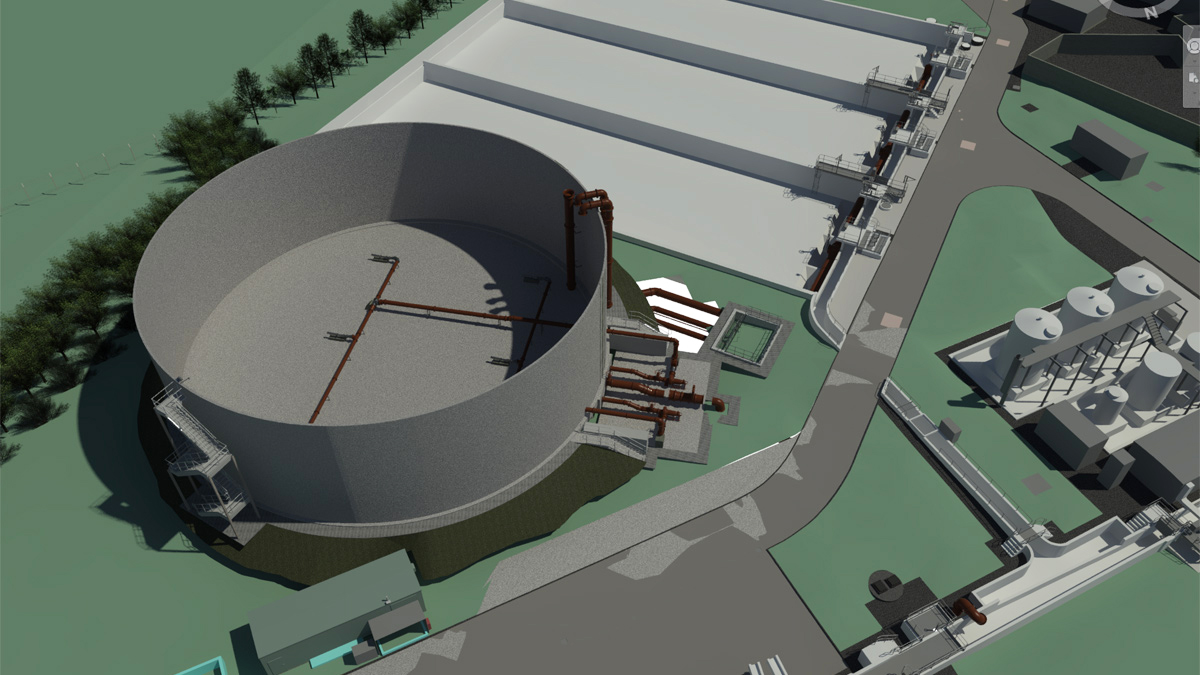
Storm storage tank and pump station – Courtesy of United Utilities
The digital toolbox
Advance Plus utilise digital processes to drive value throughout project delivery commencing with visual project initiation, including a full digital laser scan survey of the site to reduce the number of site visits required during design development which was particularly relevant during the COVID-19 Pandemic.
Autodesk BIM360 was used for building federated models of Advance Plus designed new process units. Advance Plus, United Utilities and supply chain partners could access the 3D model for real time collaborative reviews to optimise layouts, eliminate clashes and manage the complex interfaces with existing assets. Additionally, the team progressed 4D Synchro digital scenario development and activity rehearsals, delivering programme efficiency and health and safety benefits.
The models enhanced access lifting maintenance and operability reviews with the client’s operational staff, the virtual reality giving an immersive interactive review that helped resolve ergonomic constraints for issue free handover to Operations.
Extensive application of innovative digital delivery strategy has upskilled the team and generated efficiency. 4D digital rehearsals enhanced visualisation and prevented unplanned site activities. BIM has unlocked the power of constructive collaboration and allowed supply chain partners to visually engage, integrate and sequence.
Burnley WwTW Catchment Strategy: Supply chain – key participants (July 2021)
- Construction Delivery Partner (CDP) Framework: Advance Plus
- MWH Treatment
- J Murphy & Sons
- Stantec UK
- BioMag® process: Evoqua Water Technologies (Xylem Water Solutions)
- Aeration system: Suprafilt
- Chemical storage & dosing: Northern Pump Suppliers (NPS)
- SCADA: Technical Control Systems
- Precast stormwater detention tank: A-Consult Ltd
- SAS glass coated steel tanks: Stortec Engineering Ltd
- Submersible pumps: Xylem Water Solutions
- Temporary works: MGF Ltd
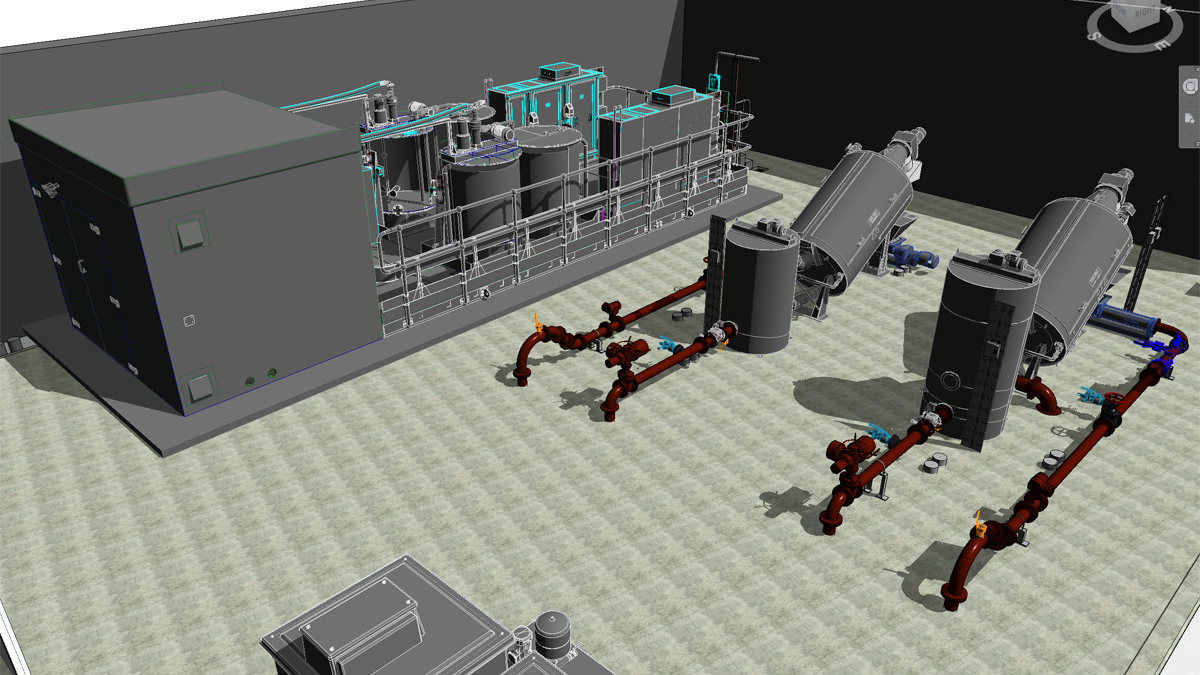
SAS thickener building internal – Courtesy of United Utilities
Progress update
Outline design has been completed, five Hazop studies have been undertaken, and the project is now progressing well through the detail design phase which is to complete in November 2021. Many technical challenges have been encountered but the project team are working collaboratively to provide an integrated design that will be safe to construct and operate.
Planning permission for Burnley WwTW was granted in July 2021 which is a key enabler for the planned start on site and mobilisation of the site offices in August 2021. During this process we have undertaken consultation with local stakeholders, and this will continue to ensure our customers’ needs are listened to and catered for throughout the delivery of the large complex scheme.
The main civil construction will take place during 2022 followed by MEICA installation in 2023. The plant will be tested and commissioned during 2024.






